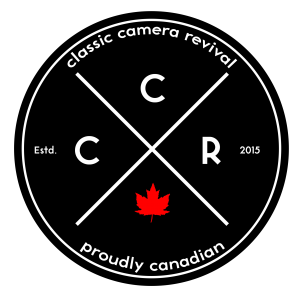Infrared photography is one of the more unique niches of the hobby and can produce some amazing and wild images using light beyond our visible spectrum. In this episode, Alex digs into black-and-white infrared photography specifically. Infrared light is part of the overall electromagnetic spectrum, which includes our human visible light spectrum, which ranges from 380nm to 700nm or violet to red. Most infrared photography uses specialised film and filters to capture light between 700nm and 900nm. Today, we don’t have dedicated IR films being newly produced like Kodak HIE, Efke IR820 or Konica Infrared 750, but we do have extended red sensitive films that can get into the near IR range. These films include Rollei Retro 80s, Rollei Superpan 200, Rollei Infrared, Rollei Retro 400s and FPP Black & White Infrared. These films have sensitivities beyond 700nm and between 740 to 750nm. Pairing these films behind a deep red (092/89b) or a true IR filter like a 093, RM90, or R72 filter will produce results typical of a traditional infrared film. You will have to consider the filter factory and over-expose your metering. You can use this website: www.fineart-photography.com to get started. Be prepared to spend a bit extra on the filters as a quality filter, which is an IR filter, will run at least 200 minimum for a quality unit.
Looking for a good spot to get your gear and material fix check out Burlington Camera (Burlington, ON), Downtown Camera (Toronto, ON), Film Plus (Toronto, ON), Belle Arte Camera (Hamilton, ON), Pond’s FotoSource (Guleph, ON), Foto Art Camera (Owen Sound, ON). In Quebec, Photo Service (Montreal, QC) and Studio Argentique (Montreal, QC), Out West there’s Kerrisdale Cameras (BC), The Camera Store (Calgary, AB) and Beau Photo Supply (Vancouver, BC). Additionally you can order online at Argentix (Quebec), buyfilm.ca (Ontario), the Film Photography Project or Freestyle Photographic. Looking for development options, check out these labs that have our support, Boréalis Photo Lab, Old School Photo Lab, The Darkroom, and Film Rescue International.
Also you can connect with us through email: classiccamerarevivial[at]gmail[dot]com or by Facebook, we’re at Classic Camera Revival, Twitter @ccamerarevival, and Instagram (@classiccamerarevival)!


Thanks so much for a great overview of the use of infrared film. I really enjoyed it.
I have shot quite a lot of infrared sensitive film since 2020. My favorite 35mm film is Rollei Infrared 400 and I am on my second bulk roll. I started and still use some JCH Streetpan 400, sensitive to 750nm in 35mm. Rollei seems to work best as a pan film on days when I need to remove the IR filter.
For 120, I like Catlabs 320 Pro film as it is inexpensive and also a good pan film when not using a 720nm filter. I don’t like it in 35mm because of the canisters.
I shoot infrared in 5 or 6 filter sizes and have had great luck with Chinese 720nm filters that have run from $25 to $50. I use Barnack Leicas and clones with Elmar, Canon, or Industar 50mm 3.5 lenses the most but also Rollei 35, Retina 1A and even Holga 120 cameras. No SLRs as I hand-hold and like using a viewfinder.
I have found that shooting only in bright daylight, I can set the f/stop at f/5.6 and shutter at 1/60 and shoot away. Most all of my images are well exposed. I zone focus using the lens R or just nudge unmarked lenses a little. Most of my infrared subjects are over 15 feel away which makes focus easy. I have about 300 IR film photos posted on Flickr.